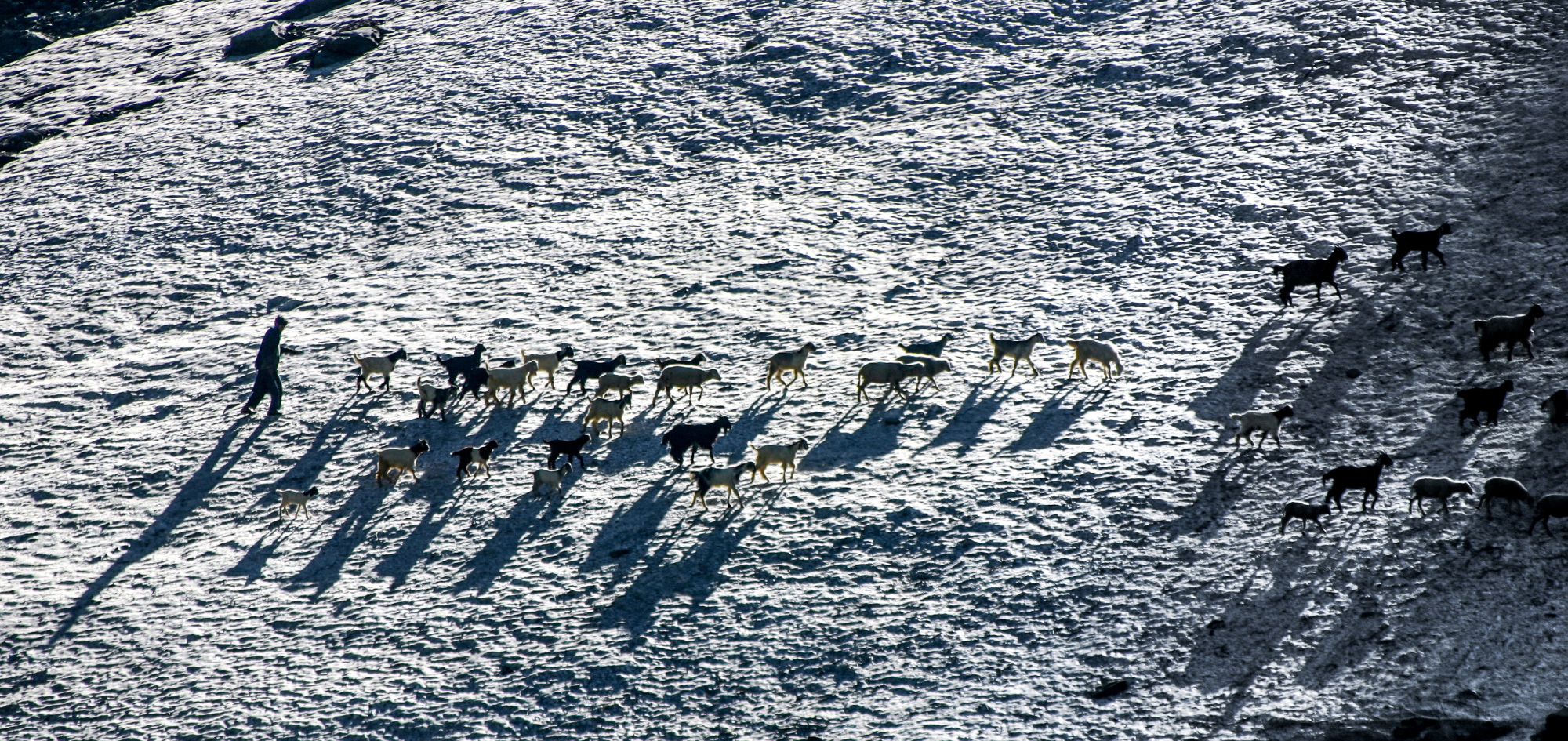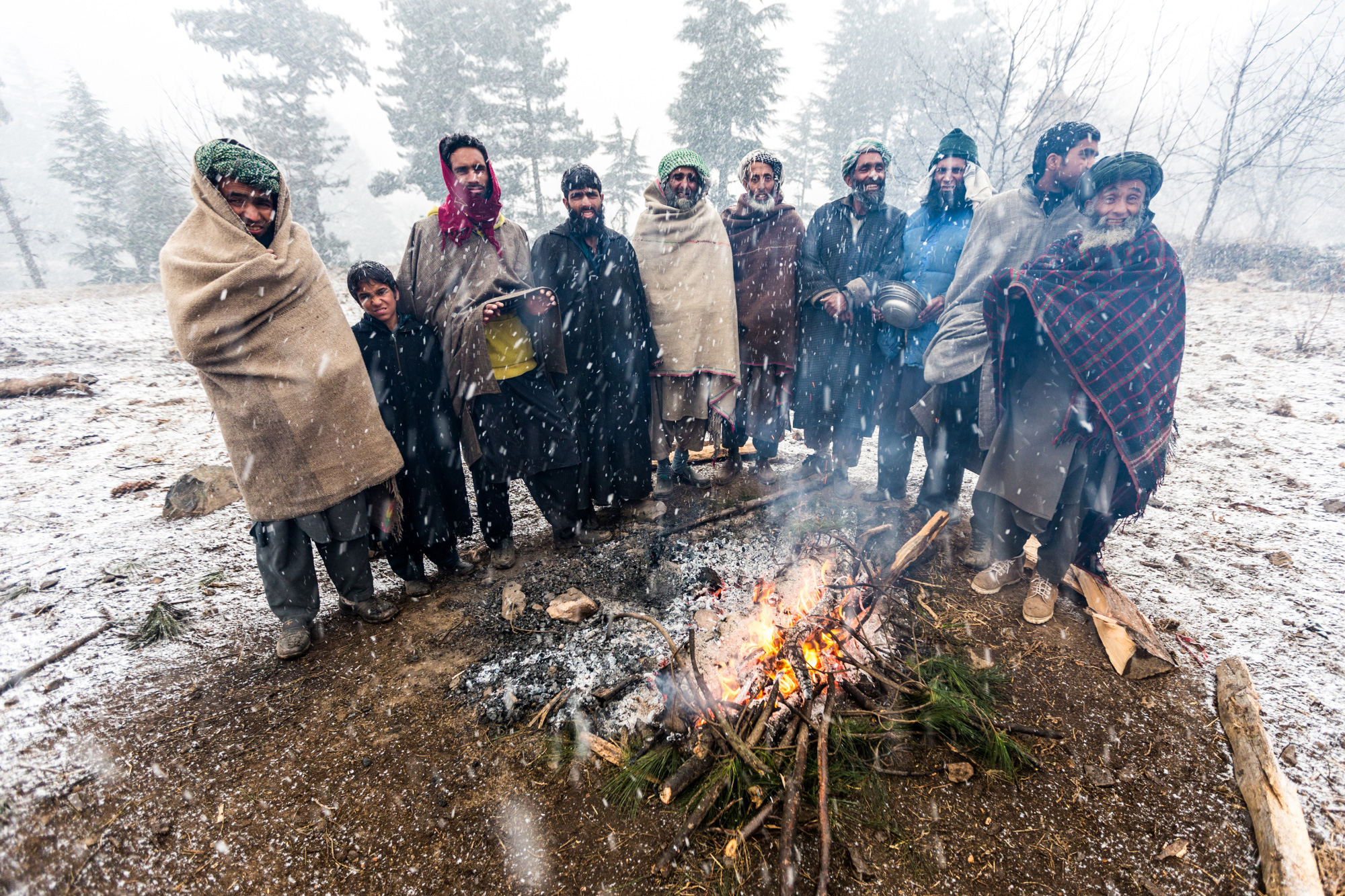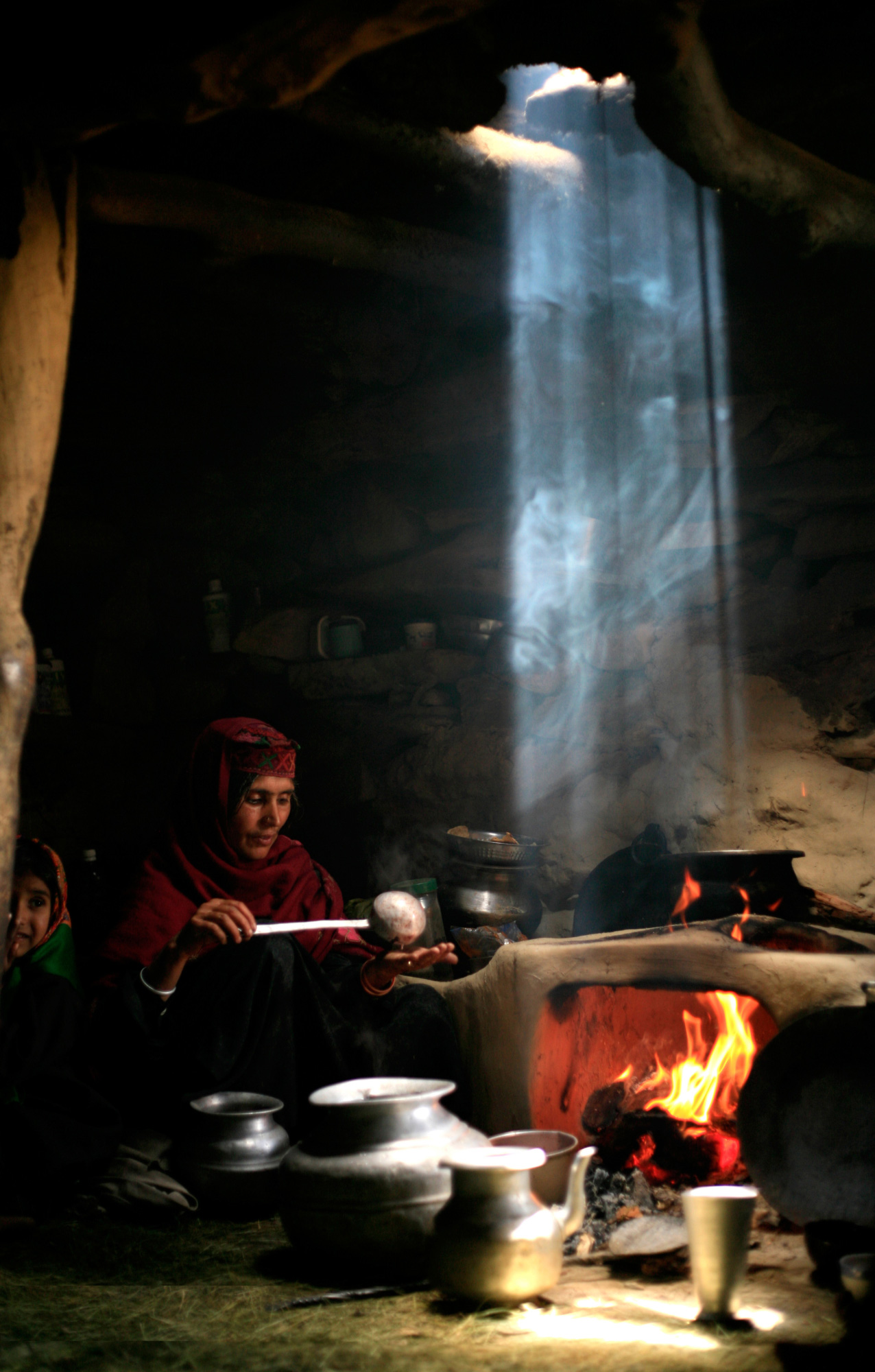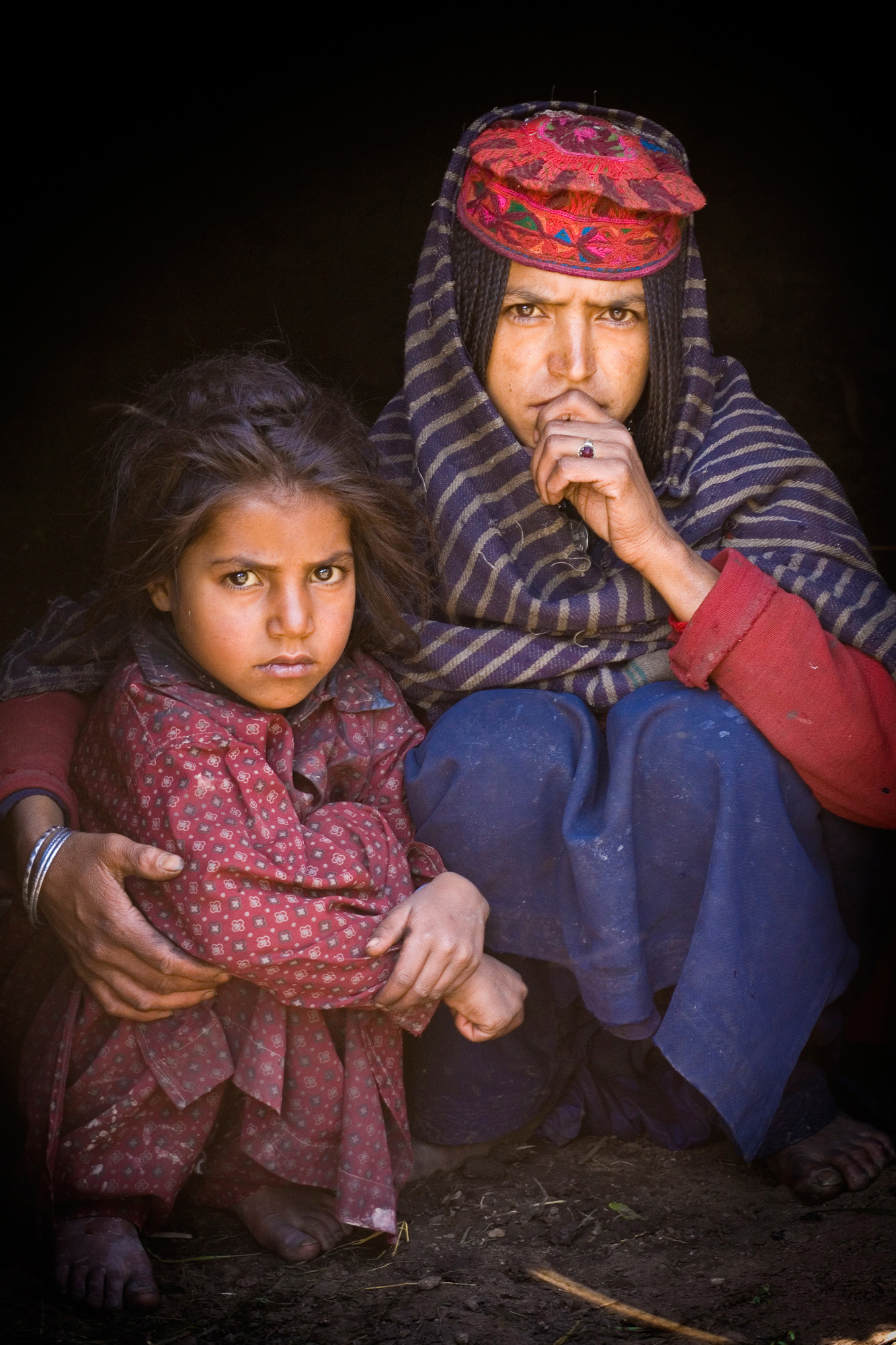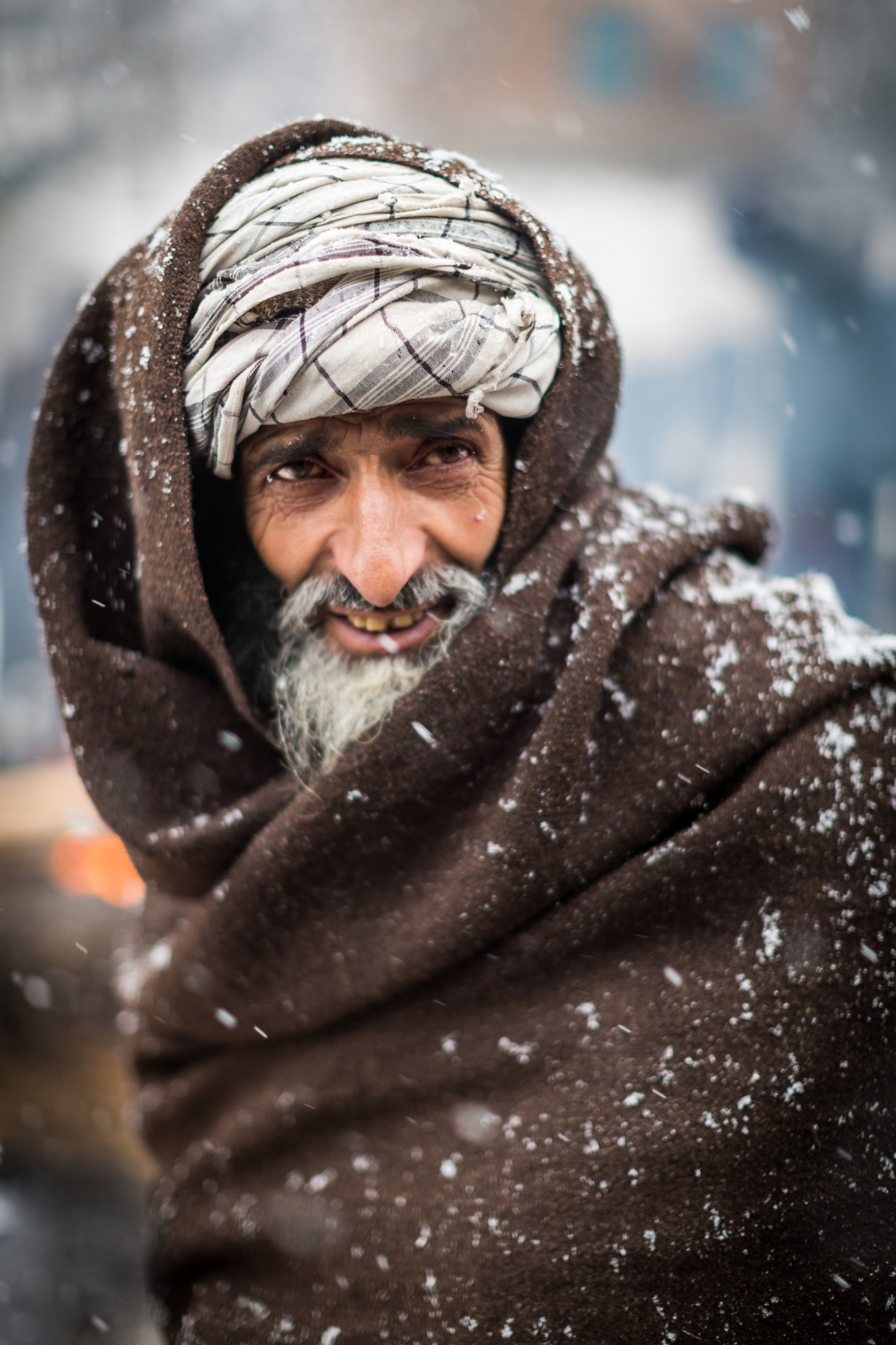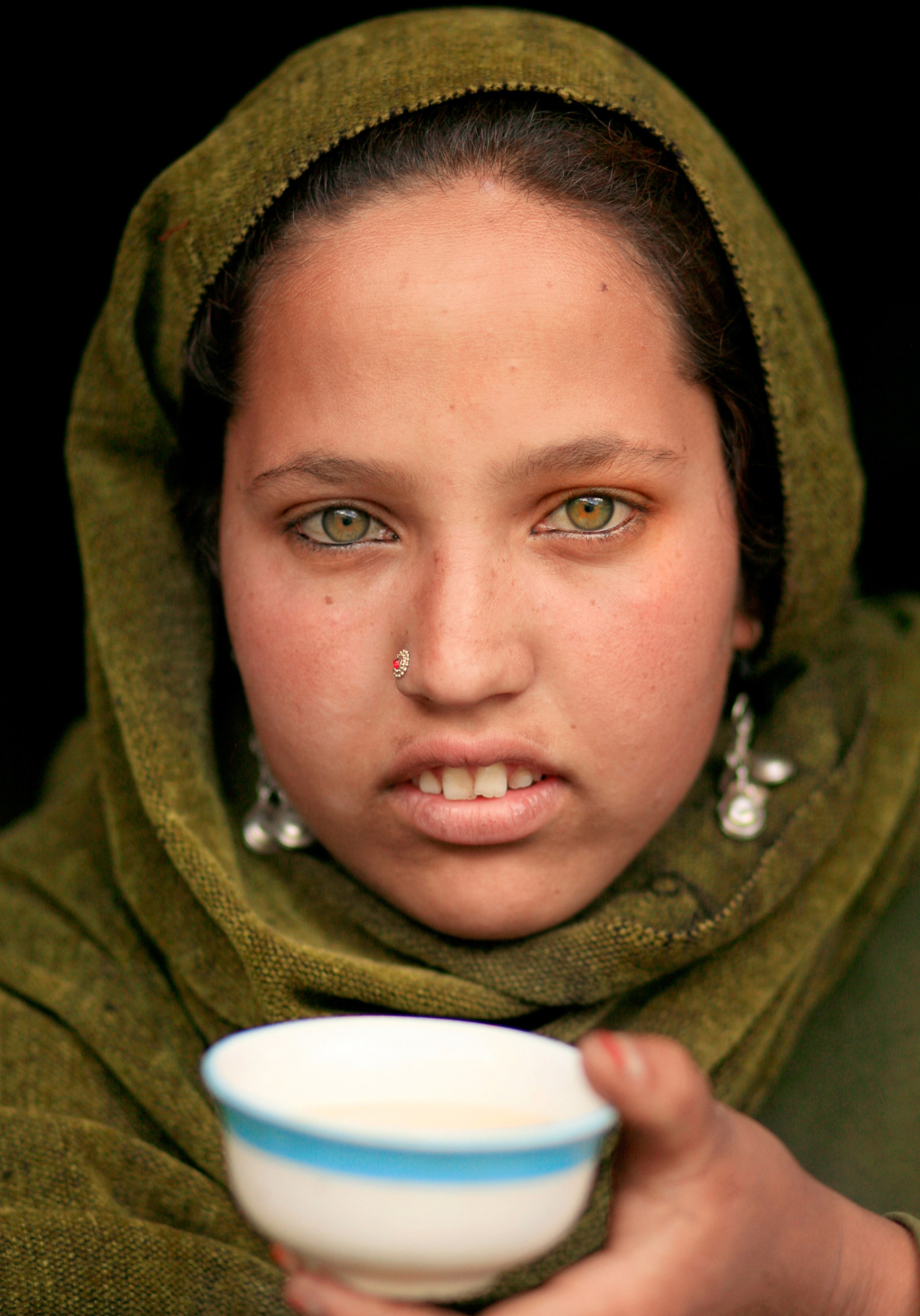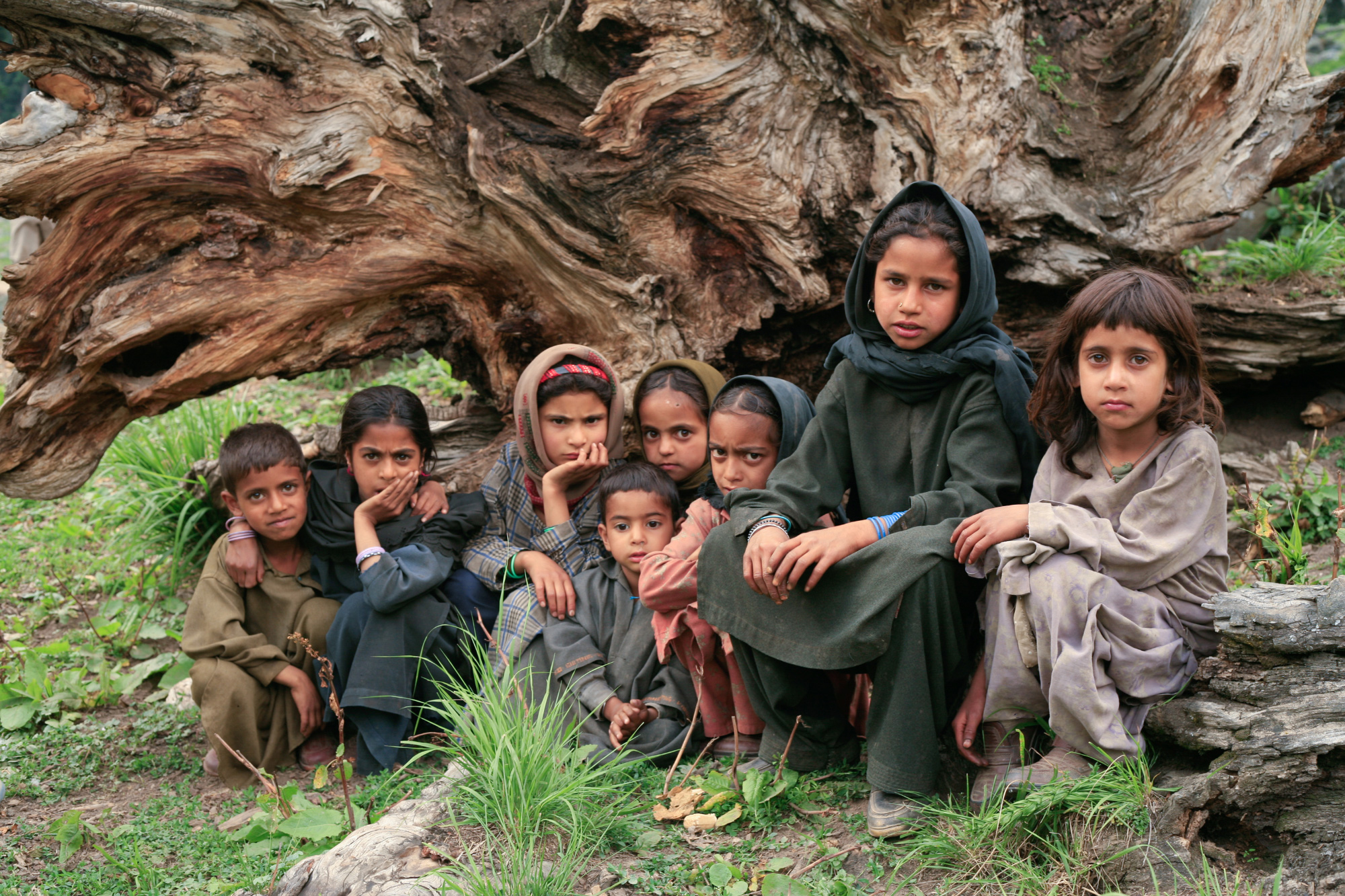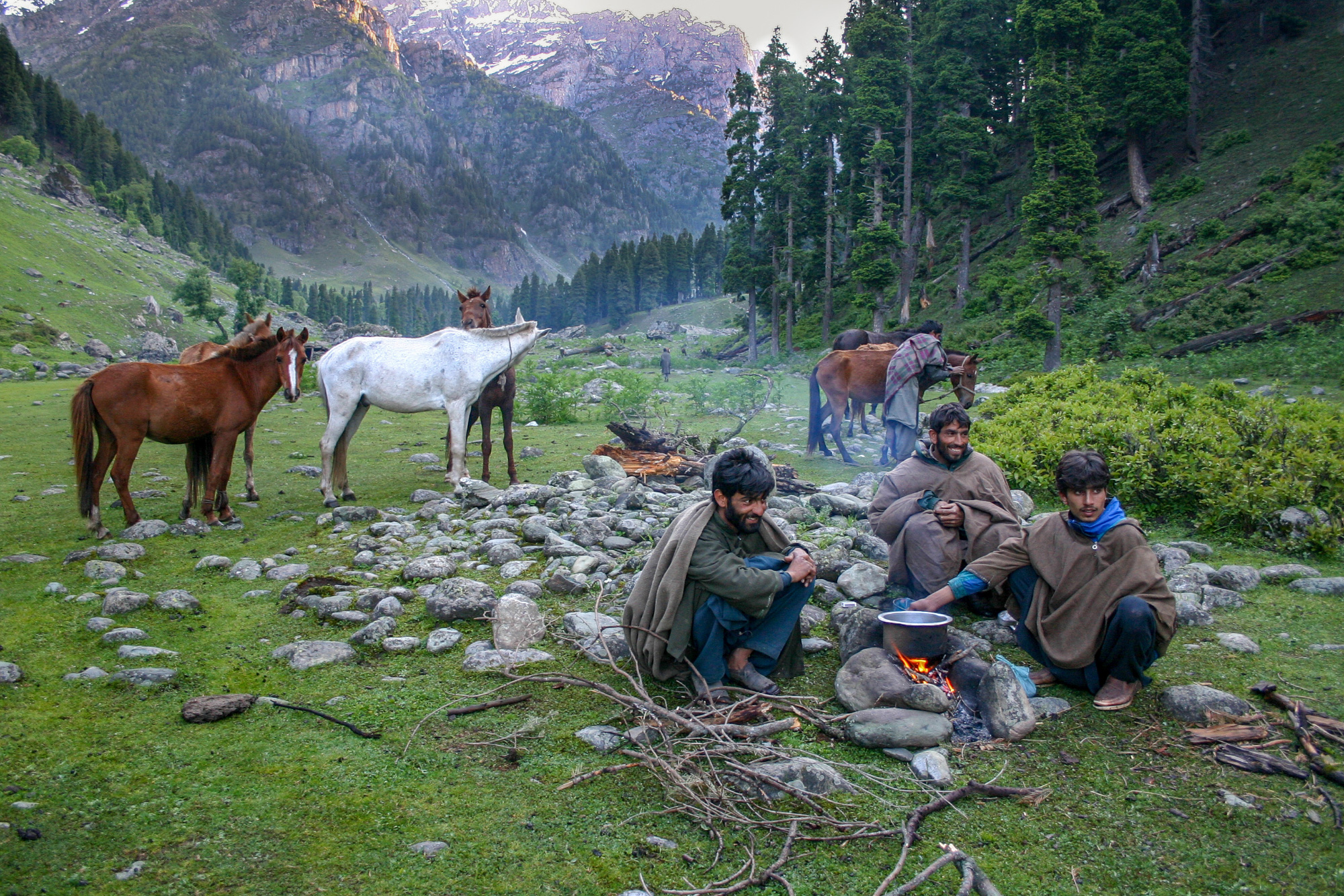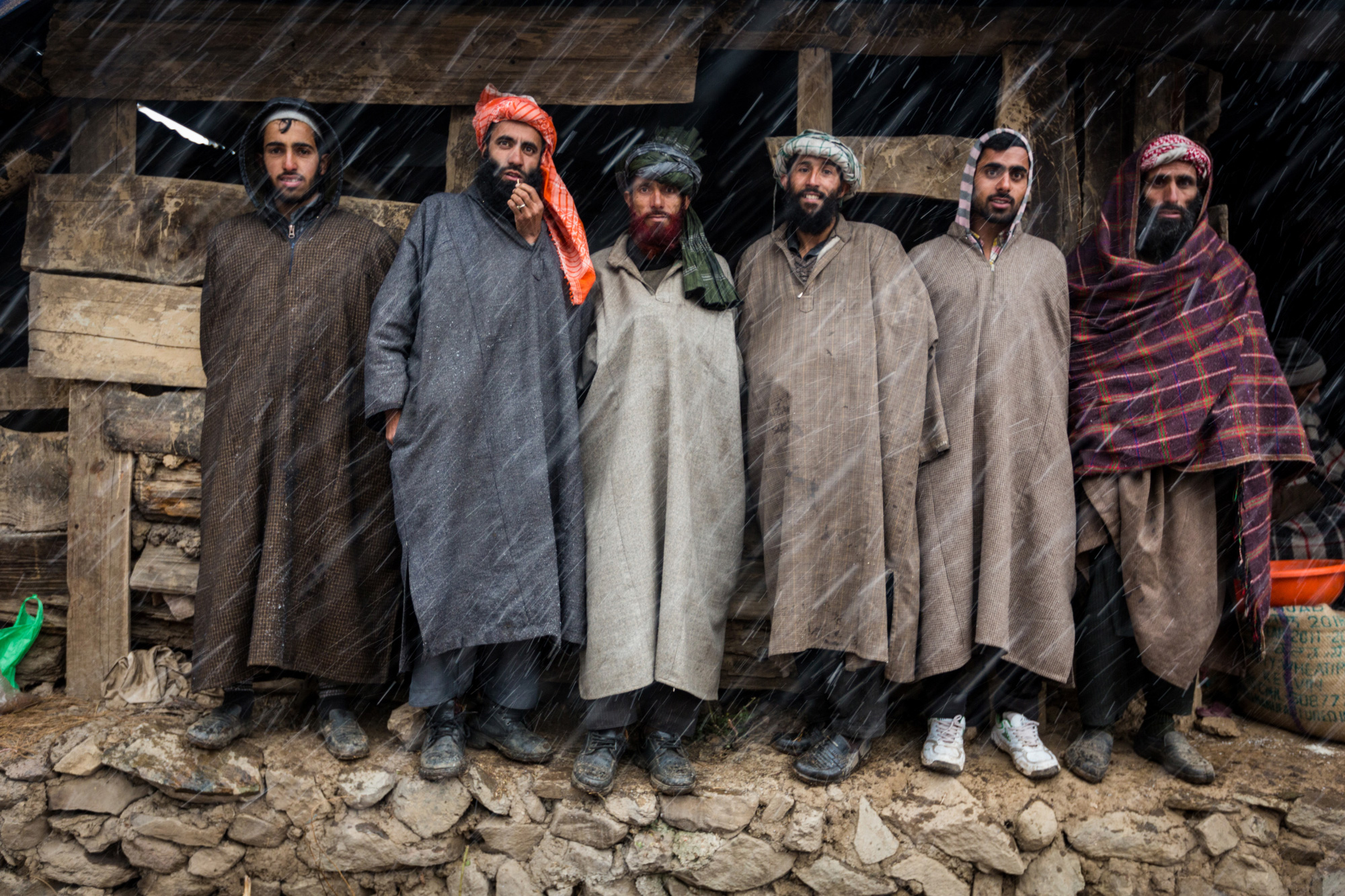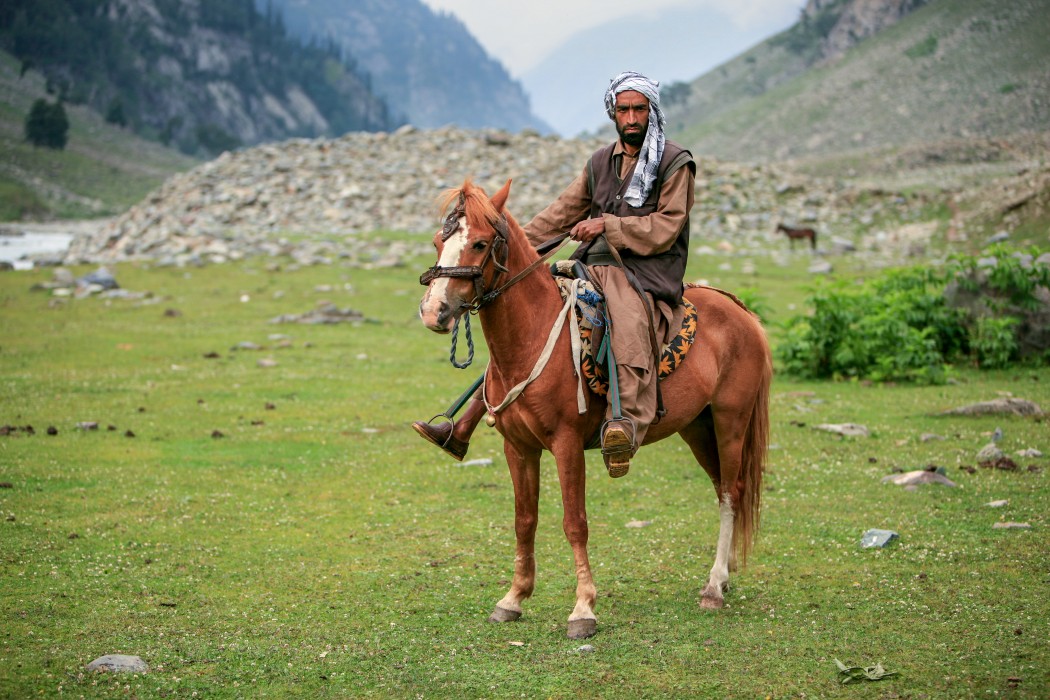Driving the roads of Jammu and Kashmir in early spring, it would be unusual not to be stopped by a flock of goats or sheep clogging the motorway as they are herded towards their summer pastures. In fact, the very roadway we are on follows the route that shepherds carved out centuries ago. These shepherds are a unique people called Bakarwal Gujjars, a transhumance people who travel seasonally from the relatively warm climates of the Jammu in winter to the lush green meadows of Kashmir in the summer.
In their own language they often refer to themselves as Khanabadosh, or ‘people with their house on their back’ — nomads. Bakarwal Guijjars have close cousins who are slightly less nomadic, called Pahari Gujjars. In the Jammu and Kashmir region of India both groups are Muslim and often share the same mountain meadows. The Pahari Gujjars live all year in the Kashmir Valley while their relatives, the Bakarwals, travel back and forth between the hot plains of Rajouri and Punch, close to Pakistan, to the high meadows of the Pir Panjal. Circling the Kashmir Valley, the Pir Panjal is one of the mountain ranges that make up The Himalayas.
The Bakarwal Gujjars’ herd has hundreds, sometimes thousands of goats and sheep, and they travel the same route by horseback and on foot year after year, camping in homemade patchwork tents along the way. Their traditional lifestyle is at risk, as the government of India has on several occasions tried to settle the Bakarwals into permanent communities. So far, these planned settlements have failed, but where the government has been unsuccessful, economics and modernity are making inroads.
